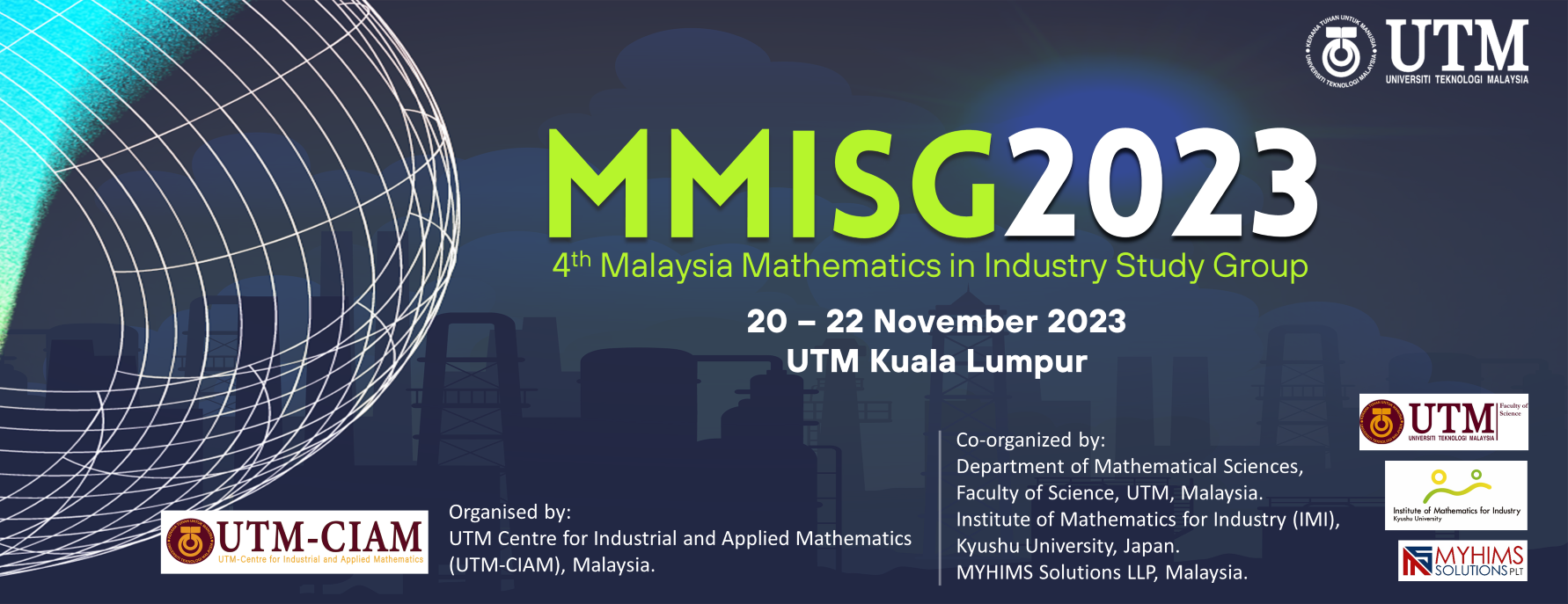
About MMISG2023
Malaysia Mathematics in Industry Study Group (MMISG) is a collaborative problem-solving workshop where Science, Technology, Engineering and Mathematics (STEM) researchers tackle real life problems shared by industries. They help to determine the key scientific issues and mathematical challenges to be confronted. The teams formulate their ideas in an accessible way in order to realise the benefits from modelling, analysis and computation.
MMISG is a resource that offers:
- Clarification and formulation of a proposed or existing process
- Methods to solve problems of interest to the industry
- Links with STEM researchers from network of universities all around the world
- Access to advanced computing solutions and environment
- Highly cost-effective consultation
- Fresh input of new ideas
Registration
List of Problems
PRICE FORECASTING MODEL FOR MAIN VEGETABLES IN MALAYSIA
Problem Background
Monitoring the volatility of commodity prices can play an important role in evaluating the country’s economic performance. Thus, commodity price forecasts can help government agencies make and develop appropriate economic policies and strategies in the future. Commodity prices, especially agricultural commodity prices, experience high levels of volatility. Therefore, price forecasting is seen as one of the methods for reducing the negative effects of uncertainty, which can further decrease the risk of the producers’ agricultural commodities. In general, fluctuations in the price of agricultural commodities occur mainly due to shocks in supply. These disturbances, combined with demand elasticity and short-term supply, cause sudden price instability. This can cause farmers and consumers to experience uncertainty, risk, and commodity price fluctuations. Hence, forecasting price volatility is seen as a more critical method in developing countries because a large portion of household income is spent on food. This is because the uncertainty about food prices has a direct impact on well-being. Moreover, the impact of food price instability can also affect low-income people and small agricultural producers dependent on their crops’ sales.
Problem Statement
The vegetable commodity selected in this research is chili. As acknowledged, the chili price is unstable and fluctuating. This has made it difficult for the stakeholders to make a consistent and reliable decision on the chili price. In addition, chili production is sometimes threatened due to agriculture problems, and this will cause supply to decrease. When supply decreases while demand increases, the price will rise as well. Therefore, information is needed regarding the predicted fluctuations in chili price trends so that market demand for chili can be known. In addition, the chili price volatility and the effect of shock on chili price fluctuations from factors such as production, input prices, price and quantity of imported chili, climate, and festive needs to be analyzed.
3D SHAPE RECONSTRUCTION OF CHARCOAL CHAMBER MONUMENT
Problem Background
Langkawi Island boasts a distinctive tourism asset known as the Charcoal Chamber Monument in Kubang Badak, Bukit Menora. This historical site has a rich legacy dating back more than 150 years and was utilized for the production of coal, primarily from mangrove wood. According to historians, there were originally 12 charcoal chamber monuments in existence. However, as time has passed, only three of these structures have endured, and they, too, have weathered the years, with only partial sections of their original construction remaining.
In light of this historical significance, it falls upon the Langkawi Development Authority (LADA) to undertake the responsibility of preserving these relics. They serve as tangible evidence of the presence of a Siamese village on Langkawi Island, dating back to approximately 1841. By safeguarding and conserving these charcoal chambers, LADA not only ensures the preservation of this invaluable historical heritage but also contributes significantly to the tourism potential of Langkawi. These chambers stand as a testament to the island’s rich past and have the potential to be a compelling attraction for visitors seeking a deeper connection to Langkawi’s history and culture.
Problem Statement
Preserving the historic Charcoal Chamber Monument necessitates a comprehensive approach that begins with accurately documenting its dimensions and shape. To achieve this, the use of advanced techniques, such as the creation of a three-dimensional model and the application of mathematical model, has been proposed. Creating a three-dimensional model involves using modern technology, such as laser scanning or photogrammetry, to capture precise measurements and detailed images of the monument from various angles. By generating a digital 3D representation, preservationists and historians can gain a better understanding of the monument’s structure, which serves as a vital reference for restoration and conservation efforts. The application of mathematical model is a scientific and analytical approach that can aid in reconstructing the monument’s original form and dimensions. This model can provide insights into the monument’s historical proportions and shape, helping experts determine how it might have appeared when first built.
TRANSIENT MODELLING OF SUBSEA CABLE LAYING
Problem Background
Subsea cable laying, essential in the development of global communication and power networks, involves deploying cables on the ocean floor, a process influenced by a range of environmental factors, including ocean currents and seabed characteristics. Cable laying modeling is vital in planning and operation as it enables precise prediction and control of cable placement, minimizing risks and ensuring efficient, safe, and environmentally responsible subsea installations. Modeling subsea cable laying is complex due to the dynamic nature of the ocean environment, including variable currents, waves, and winds, and the diverse seabed terrain, which requires precise modeling of the cable’s interaction with different underwater features. The process is further complicated by the need to account for the mechanical behaviors of the cables under various forces and the movements of the cable laying vessel, such as pitch and roll, which significantly impact cable placement. Additionally, the criticality of the Touch Down Zone, where the cable first contacts the seabed and is susceptible to stress-induced failures like buckling, and the requirements of transient modeling to account for time-varying conditions, add layers of complexity to the modeling process. Previous modelling effort in MISG2015 workshop led to foundational progress with the development of a model focusing on the interaction between cables and the seabed under steady conditions. However, these models lacked in addressing the transient, or changing, nature of the marine environment, particularly under dynamic conditions such as vessel motions and environmental loads.
Problem Statement
The goal of this workshop is to build upon the existing static modeling techniques established in 2015 by adding transient modeling to subsea cable laying, with a specific focus on dynamic loading conditions and vessel motions. This enhancement aims to facilitate more accurate predictions of cable behavior in the critical TDZ and to enable more precise control of cable laying operations, particularly during bad weather. The workshop attempts to merge theoretical research with practical applications and experience, creating relevant and applicable models for real-world operations. The effort is set to propel the local subsea cable laying industry forward, promoting more effective, secure, and environmentally friendly practices, with an enhanced focus on mitigating risks in the TDZ and confidently handling challenging weather conditions. In addition to facilitate operational decision making, more precise modelling can also facilitate route planning, risk assessments, and operational strategies in challenging environments.
PREDICTIVE MODELLING OF PIPE BURST TOWARDS SUSTAINABLE NON-REVENUE WATER
Problem Background
Water Supply System (WSS) is a complex process that is composed of multi-hydraulic elements (e.g., reservoirs and consumption nodes) which are interconnected together by links (e.g., pumps, valves, and pipes). It has been reported that water losses (the percentage of the annual non-revenue water) reach a level of 11% in developed countries and rise up to 65% in non-developing countries. The water losses in any type of distribution systems have been identified as being dependent on many factors, including specifications of the WSS pipe network and other internal and external factors such as the utility provider operational management practice, the level of proficiency and technology deployed to control the system. In the literature, the difficulty of controlling losses in WSS has been acknowledge as there are more than hundreds methods captured that focus on controlling different types of WSS losses. Although it is almost economically impossible to totally eliminate losses in WSS due to the complexity of these socio-technical systems, but research and effort should be perpetually invested in refining the understanding, planning, and execution.
Problem Statement
Pipe burst is one of the major contributors to water loss in water supply systems that significantly increase the Non-Revenue Water (NRW) level. Water authority aims to reduce the NRW to 25.5% in 2024. Although the NRW level, as of September 2023, has nearly met the target at approximately 25.40% or 457 MLD, monitoring is crucial due to possibility of increasing NRW % if water losses are not controlled. An effective pipe burst detection and prediction is essential for the organization to make good decisions in monitoring water losses and minimizing the time taken to detect the pipe burst.
THE INFLUENCE OF VEHICLE AGE IN MITIGATING CARBON EMISSIONS FROM MEDIUM-DUTY AND HEAVY-DUTY TRUCKS
Problem Background
The extensive use of medium-duty and heavy-duty trucks contributes significantly to carbon emissions, air pollution, and the broader challenges of climate change. Our particular concern is the fact that older trucks, often equipped with outdated emission control technology, emit higher levels of carbon pollutants compared to newer, more environmentally friendly vehicles. Older trucks also tend to be less fuel-efficient, resulting in higher fuel consumption and, consequently, increased carbon emissions per mile travelled. The slow turnover rate of the truck fleet, coupled with the increased demand for freight and transportation services, has led to a substantial portion of the trucking industry operating with older, high-emission vehicles.
Problem Statement
Understanding the relationship between the age of these trucks and their carbon emissions is a critical first step in devising effective intervention strategies to reduce emissions. By retiring older trucks and enhancing the emission control systems of existing ones, the transportation sector can significantly reduce its carbon footprint while ensuring more efficient operations. The study on the crucial interplay between vehicle age and carbon emissions in medium-duty and heavy-duty trucks, offers an empirical foundation to develop comprehensive and sustainable solutions for reducing the environmental impact of this critical sector.
Domain Advisors
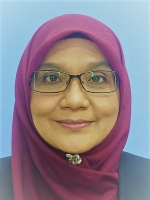
Professor Dr. Fadhilah Yusof
Adjunct Professor
Department of Mathematical Sciences
Universiti Teknologi Malaysia
Visiting professor at University Technology of Brunei
Expertise: Applied statistics (hydrology), time series analysis
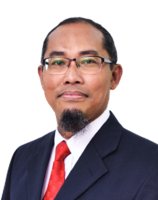
Assoc. Professor Dr. Zainol Mustafa
Department of Mathematical Sciences
Faculty of Science and Technology
Universiti Kebangsaan Malaysia
Expertise: Quality engineering
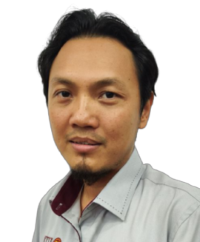
Dr. Ahmad Razin Zainal Abidin
Department of Structure and Materials
Faculty of Civil Engineering
Universiti Teknologi Malaysia
Dr Ahmad Razin is also the Manager at Technovation Park, Innovation and Commercialisation Centre (ICC), UTM.
Expertise: Computational Structural Mechanics
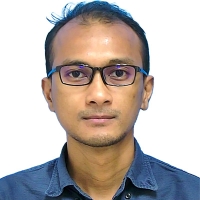
Dr. Mohd Hazmil Syahidy Abdol Azis
Department of Aeronautics, Automotive and Ocean Engineering
Faculty of Mechanical Engineering
Universiti Teknologi Malaysia
Expertise: Computational Fluid Dynamics, Numerical modelling
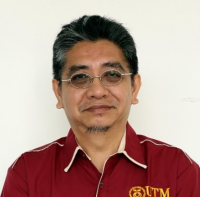
Professor Dr. Zulkepli Majid
Faculty of Built Environment and Surveying
Universiti Teknologi Malaysia
Expertise: Teaching and research expertise in geospatial technology (terrestrial laser scanning)
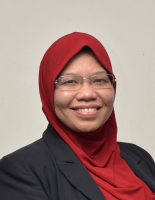
Assoc. Professor Dr. Norhaiza Ahmad
Department of Mathematical Sciences
Faculty of Science
Universiti Teknologi Malaysia
Expertise: Multivariate statistics, Hydroinformatics, Bioinformatics
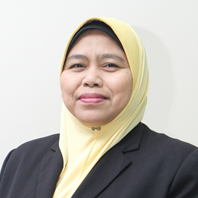
Assoc. Professor Dr. Adibah binti Shuib
College of Computing, Informatics and Mathematics
Universiti Teknologi MARA Shah Alam
Expertise: Optimization Models / Mathematical Programming Models,
Real-Time Vehicle Routing Problem, Location Allocation Problem, Warehouse / Cross Docking Operations

Assoc. Professor Dr. Roslinazairimah Zakaria
Centre for Mathematical Sciences
Universiti Malaysia Pahang Al-Sultan Abdullah
Expertise: Applied Statistics (Rainfall Modeling, Environmental, Climatology, Time Series)
ORGANISED BY:
UTM CENTRE FOR INDUSTRIAL AND APPLIED MATHEMATICS (UTM-CIAM)
research.utm.my/ciam/
CO-ORGANISED BY:
KYUSHU UNIVERSITY
kyushu-u.ac.jp/en/
DEPARTMENT OF MATHEMATICAL SCIENCES, FACULTY OF SCIENCE, UTM
science.utm.my/mathematics
MYHIMS SOLUTIONS LLP
myhims.my
Contact
ASSOC. PROF. DR. ZAITUL MARLIZAWATI ZAINUDDIN
Chairman
Malaysia Mathematics in Industry Study Group 2023 (MMISG 2023)
Email:
zmarlizawati@utm.my
misg@utm.my
